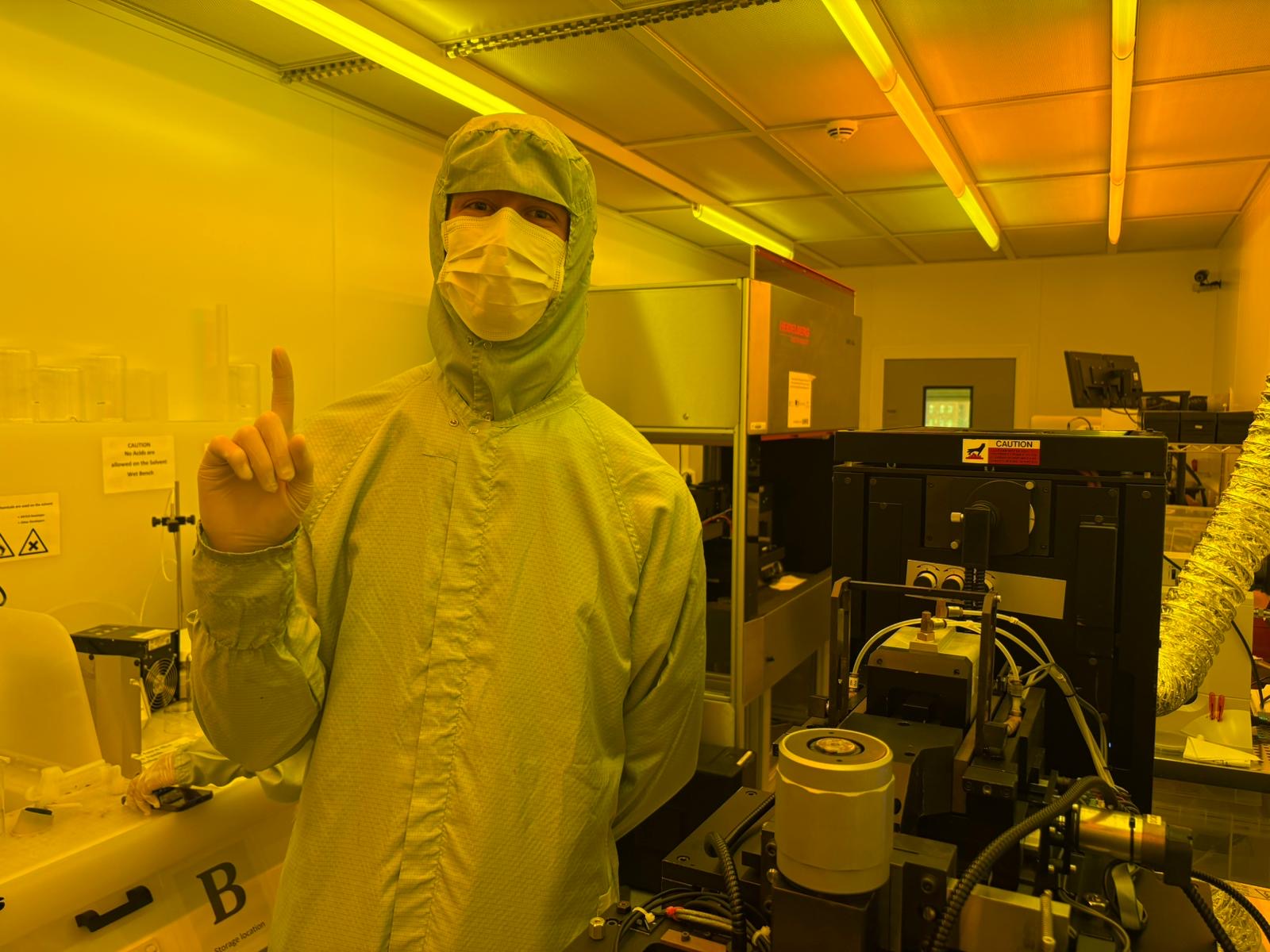
Two-dimensional (2D) materials have shown promising uses in microelectronics. Among them, molybdenum disulfide (MoS2) stands out for its high carrier mobility and compatibility with silicon-based technology. In order to enhance its potential applications in microelectronics, reliable methods for tuning the properties of MoS2 thin film must be created. In this study, oxygen plasma treatment was employed to modify the electronic and optical properties of mechanically exfoliated MoS2. Few-layered MoS2 flakes were exfoliated onto silicon substrates from single crystal MoS2, they were then subjected to controlled oxygen plasma exposure at 40 W and 0.5 millibar for 12-120 seconds. The treatment was applied in timed intervals, with the films characterised after each step using atomic force microscopy, Raman spectroscopy, and photoluminescence spectroscopy. We have found that oxygen plasma treatment is able to remove the upper layer of multilayer MoS2 after 36-48 seconds of plasma treatment. After 36 seconds, the Raman spectra E2g peak position had redshifted 2.3 cm-1 and the A1g peak redshifted 2.1 cm-1 while the full width at the half maximum of both peaks broadened by 2.5 cm-1 and 1.9 cm-1, respectively. The E2g shift indicates that treatment times shorter than the full length necessary to remove a layer will primarily introduce sulfur vacancies in the surface layer, while the A1g shift shows oxygen substitutions in the surface layer causing increased out-of-plane strain; these defects lead to measurable changes in the optical and electrical response. Such defect engineering can be used to enhance the performance of devices including transistors, memristors, and photodetectors. Plasma treatment shows the potential to tune the electronic and optical properties of MoS2 thin films for future microelectronic applications.